I think Tim is correct in his comment. What you are trying to do is highly unorthodox.
Creating a service which exposes a hierarchical structure of unrelated operations is not what services are for. In the same way you wouldn't create a god-object which does 10 different things, to be consumed in-process by binary reference, you shouldn't try to do it out of process.
If the dot notation is important for you on the client side, then you can kind of get what you're looking for by doing the following.
Compose your service endpoints
namespace Clients
{
[ServiceContract]
interface IService
{
[OperationContract]
void CreateClient(params p);
}
}
namespace Clients.Documents
{
[ServiceContract]
interface IService
{
[OperationContract]
List<Document> GetDocumentsForClient(Guid clientKey);
}
}
namespace Products
{
[ServiceContract]
interface IService
{
[OperationContract]
void CreateProduct(params p);
}
}
Consume your service endpoints
var service = new ChannelFactory<Clients.IService>().CreateChannel();
var service = new ChannelFactory<Clients.Documents.IService>().CreateChannel();
var service = new ChannelFactory<Products.IService>().CreateChannel();
As you can see, you are able to consume the relevant service operation by using the fully qualified name of the service contract. This gives you the dot delimited format you require.
With this approach you will have to have your client reference the assemblies containing the service and operation contracts, rather than via a service reference, which will strip out the service namespacing and replace it with locally generated ones. To enable this you should build the service and data contracts into a separate assembly to your service implementation so it can be shared.
...how (to) route their calls to my service(s) - as they wont have
used the 'Add Service Reference' functionality of visual studio to
wire up the URLs / Endpoints
Further to Tim's comments below, as an alternative you can inject the name of your service's config element from your config file into the ChannelFactory contstructor, as described here.
